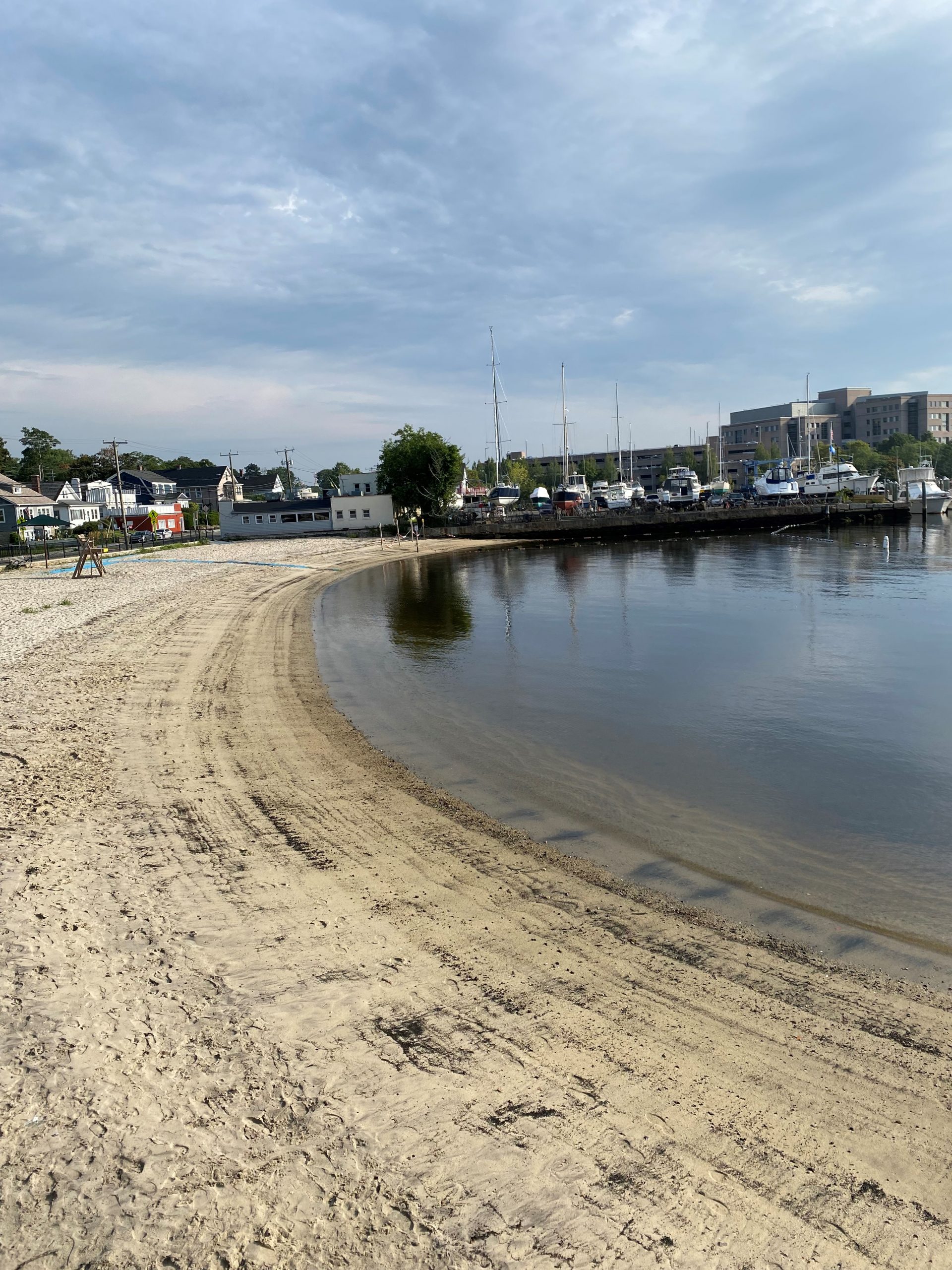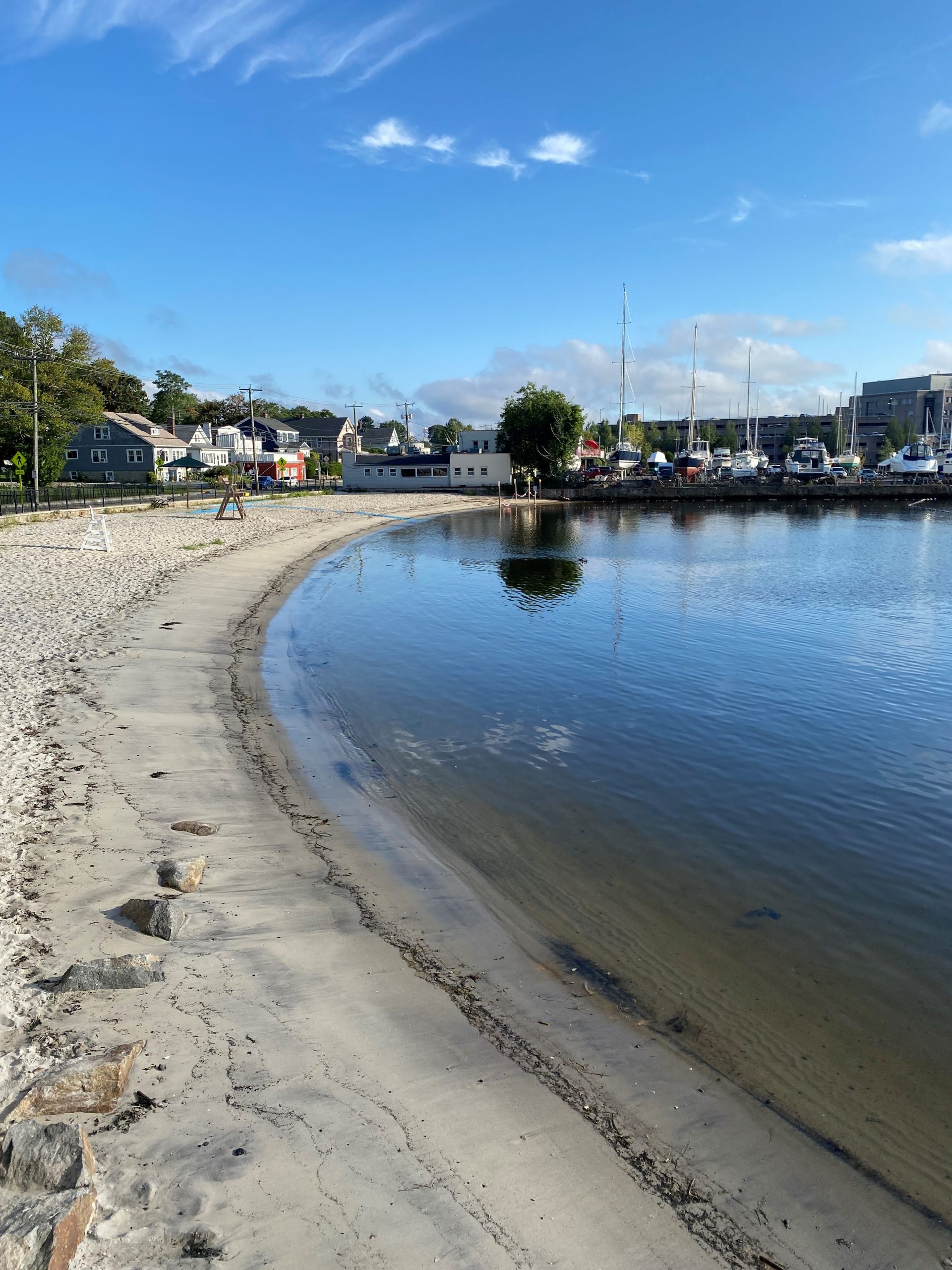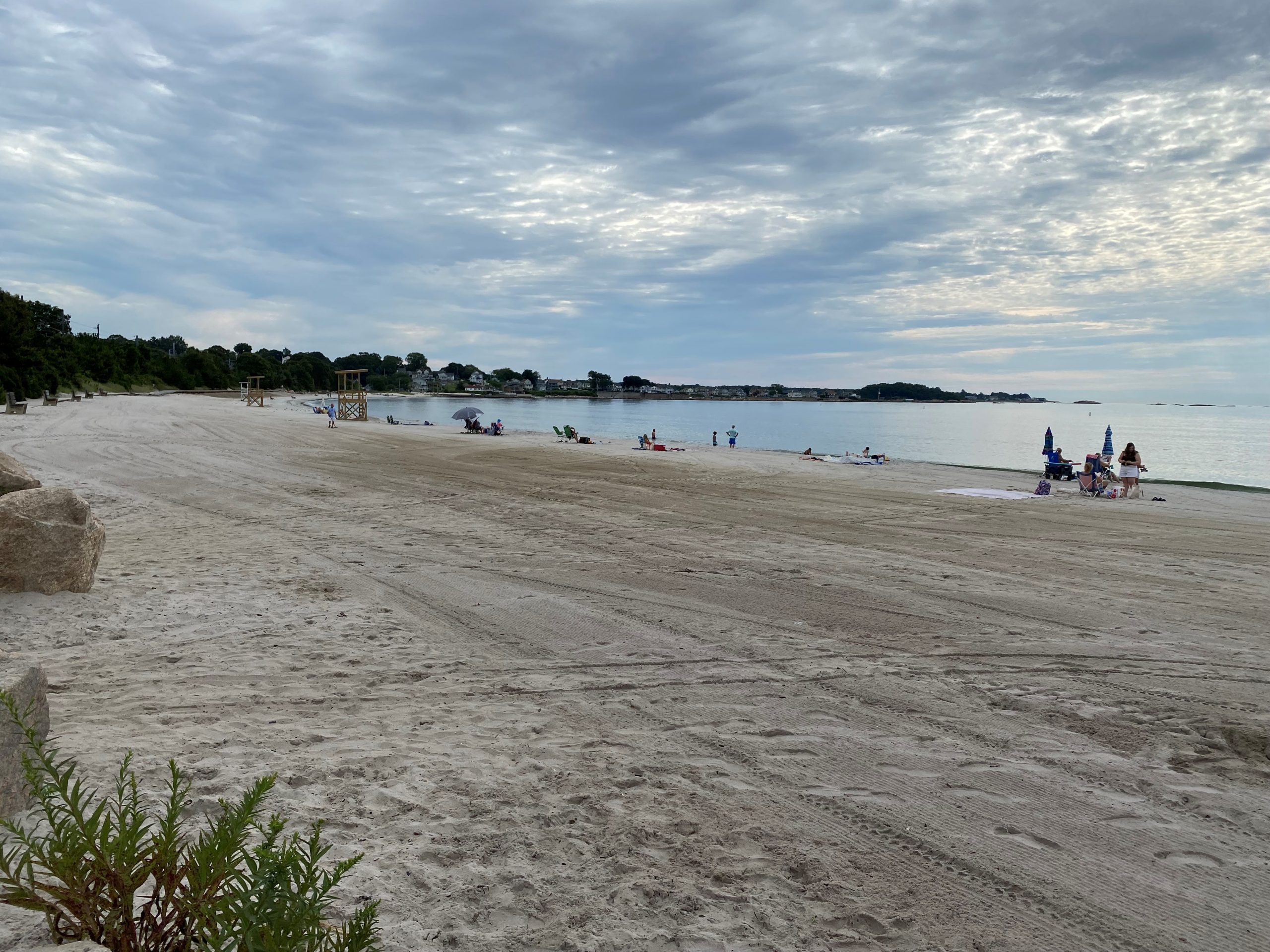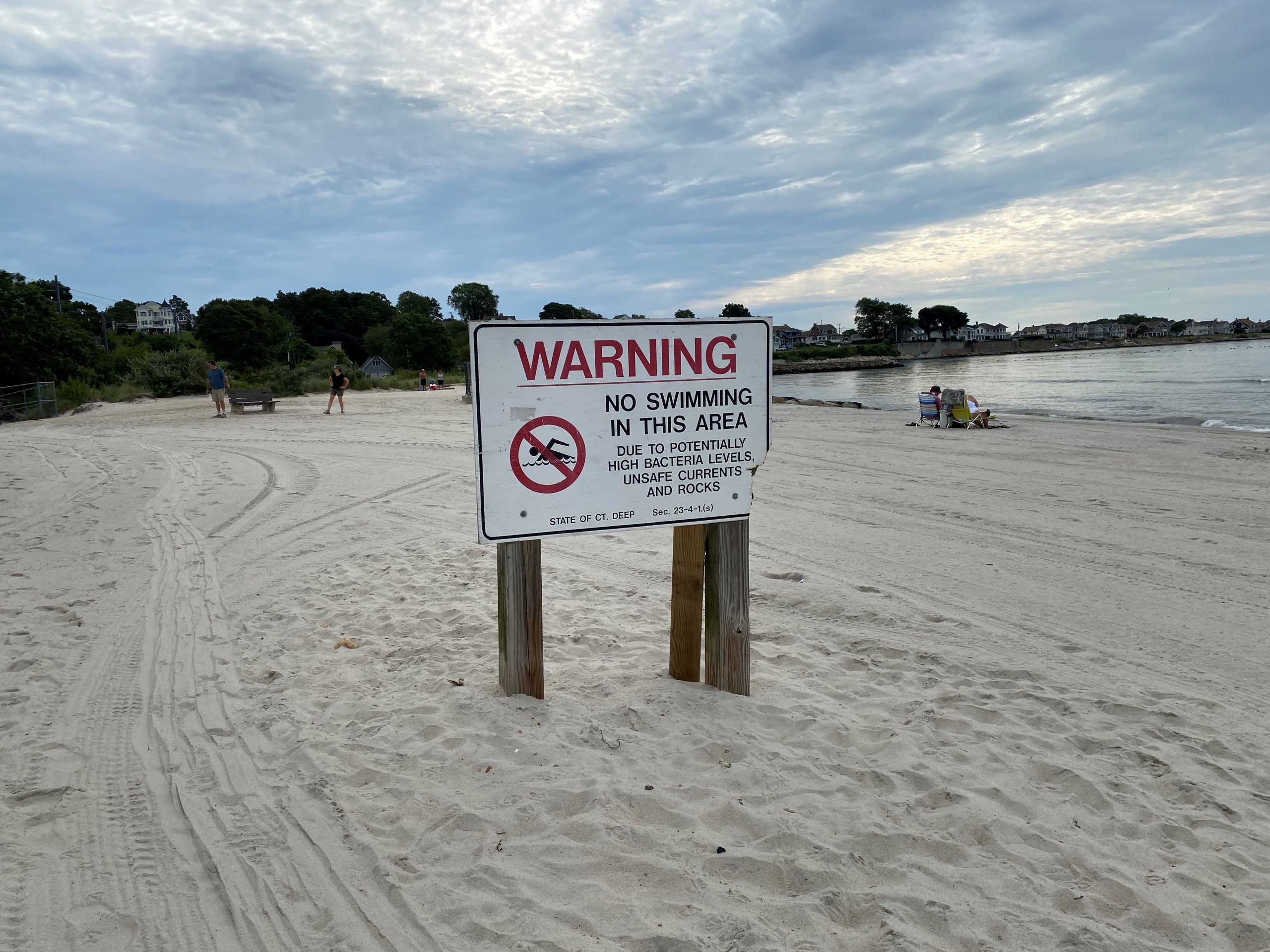The Problem
Swimming at public beaches provides recreational enjoyment, relief from the heat, and connections with coastal resources that promote environmental stewardship. Bacterial problems severely impair beach access, are a serious public health issue, and trigger swimming advisories and beach closures. There is an urgent need to quantify variability in bacteria concentrations, link bacteria levels to an expanded set of environmental conditions, and identify transport pathways and connections to pollution sources. Such analysis ultimately can lead to better safeguards for public health.
Project Objectives
This Long Island Sound Study project focuses on human pathogen water quality issues at public beaches. Study sites are Green Harbor Beach in New London, an environmental justice community, and Rocky Neck State Park, among the most visited Connecticut State Parks. These beaches regularly experience pathogen-related advisories and closures and receive C and D grades on the Long Island Sound Report Card. This research project applies an innovative combination of observations, modeling, analysis, and outreach to address these issues.
Hypotheses:
1) There is strong hourly to daily variability in bacteria levels that is relevant to public health and swimming safety yet is missed by the current strategy for beach bacteria monitoring.
2) There are episodic water pathways and environmental conditions favoring transport from pollution sources and bacterial proliferation that contribute to high bacteria events at beaches.
Objectives:
1) To apply real-time field qPCR analysis techniques to measure high-resolution temporal and spatial patterns of fecal indicator bacteria (Enterococcus) at Green Harbor Beach and Rocky Neck State Park, public beaches suffering from bacteria issues, swim advisories, and closures.
2) To analyze links between observed bacteria levels and environmental conditions (rain, tides, winds, temperatures, and river flow) to support source identification and bacteria forecasting.
3) To quantify onshore/offshore transport and water retention times for beaches during varied summer forcing conditions with observations and high-resolution model results.
4) To identify water transport pathways between likely bacteria sources and beaches with observations and high-resolution model results.
5) To engage in experiential data-driven outreach on beach water quality issues with public school students, stewardship groups, environmental managers, and the general public.
Green Harbor Beach
 |
| Green Harbor Beach (New London, CT) at low tide (Photo credit: Mike Whitney). |
 |
| Green Harbor Beach (New London, CT) after high tide (Photo credit: Mike Whitney). |
Rocky Neck Beach
 |
| Rocky Neck State Park Beach (East Lyme, CT) looking along beach towards East (Photo credit: Mike Whitney). |
 |
| Warning sign at Rocky Neck near Bride Brook mouth (Photo credit: Mike Whitney) |
Partners
The project involves a sub-award to Save the Sound and collaborations with Ledge Light Health District, Connecticut Department of Energy and Environmental Protection, City of New London Recreation Department, New England Science & Sailing, Winthrop STEM Elementary Magnet School.
Resources
Ledge Light Health District Beaches
CT DEEP Swimming Water Quality Report
Long Island Sound Study Beaches